Architect Daniel Libeskind's trio of new projects

Military History Museum, Dresden
The centrepiece of Libeskind's redesign of the Military History Museum is a hulking five-storey, 200 tonne wedge of glass, concrete and steel that thrusts up through the middle of the original building built in 1897. At the crest of the wedge is a 99 ft high viewing platform that's angled towards the drop zone of the bombs that flattened Dresden in the Second World War. The orientation is a conscious meditation on the city's immediate past which Libeskind insists is 'central to the transformation of the city today', adding that 'the destruction of Europe and European cities by the Nazis is part of the story of the destruction of Dresden. One cannot separate the Shoah and the museums that deal with memories from the history of Germany and Dresden.'
Completion: October 2011
Even by his own prolific standards, these are busy times for the New York-based architect Daniel Libeskind. Emerging from the scaffolding this month are two ambitious projects in Hong Kong and Dresden, with a third due for its close-up in Singapore by the end of the year. Here we take you on a tour of this new trio of buildings, ranging from a giant wedge of glass, concrete and steel, to a series of post-Apocalyptic towers.
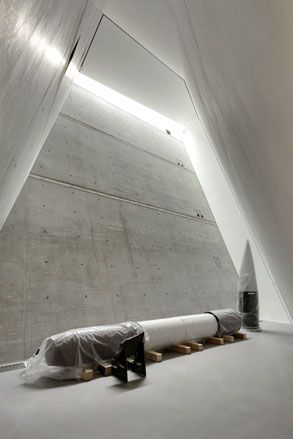


Run Run Shaw Creative Media Centre, Hong Kong
Run Run Shaw, pioneering film studio chief and one of Hong Kong's most famous sons, would have applauded Libeskind's energetic design for the eponymous Run Run Shaw Creative Media Centre. Located in the City University of Hong Kong, the 263,000 sq ft building brings together under one roof the new-media, film, design, and photography departments. Not surprisingly, symbolism is a dominant feature of the design - the montage of oddly angled asymmetrical steel-reinforced concrete slabs is meant to represent 'the anarchic nature of the creative process, with its push-pull of ideas that change shape as they evolve, generating their own momentum.'
Completion: October 2011
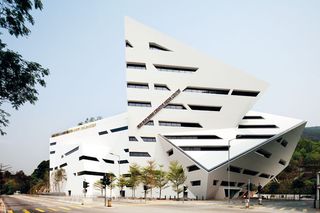
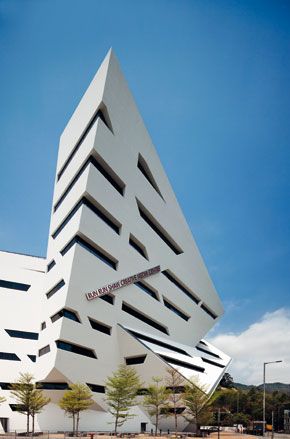
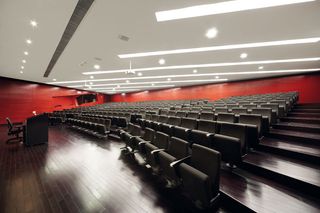
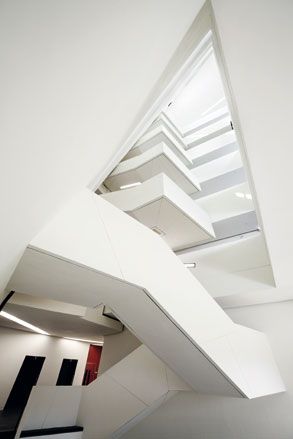
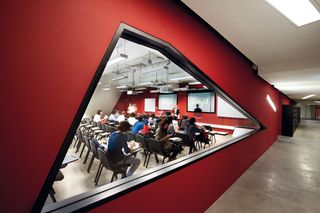


Reflections at Keppel Bay, Singapore
Seen from the distance, Libeskind's six bay-side condominium towers rise up from their forest frontage with a disturbing shattered, post-Apocalyptic quality about them. Up close, the 2m sqft project bears all the hallmarks of Libeskind's bent for asymmetry and odd angles. With barely any straight lines in their elevations (save for the elevator shafts), the towers twist and bend like a stand of willows. Even by Singaporean standards, the scale of the project is audacious with 11 low rise apartment blocks clustering at the foot of the trinity of twin-towers, the latter linked by tiers of green plazas that catch the breeze coming in off the sea
Completion: End of 2011
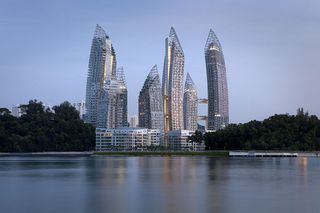
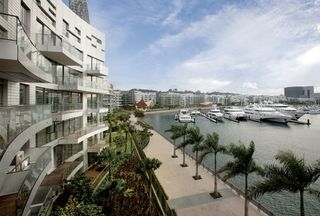

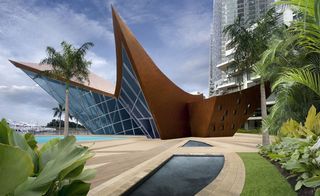
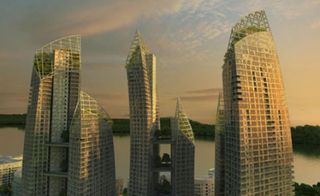

Wallpaper* Newsletter
Receive our daily digest of inspiration, escapism and design stories from around the world direct to your inbox
Daven Wu is the Singapore Editor at Wallpaper*. A former corporate lawyer, he has been covering Singapore and the neighbouring South-East Asian region since 1999, writing extensively about architecture, design, and travel for both the magazine and website. He is also the City Editor for the Phaidon Wallpaper* City Guide to Singapore.
-
 Minotti presents Giampiero Tagliaferri’s Supermoon sofa at Salone Del Mobile 2024
Minotti presents Giampiero Tagliaferri’s Supermoon sofa at Salone Del Mobile 2024Minotti brings its new Supermoon collection to Salone del Mobile 2024, with a unique blend of Milanese and Californian aesthetics
By Jasper Spires Published
-
 Step inside Juno Omakase, London’s smallest counter dining experience
Step inside Juno Omakase, London’s smallest counter dining experienceJuno Omakase, inside Los Mochis Notting Hill, offers a one-of-a-kind tasting menu in which Tokyo meets Tulum
By Ellie Stathaki Published
-
 ‘Help me go faster’: How Nike Air is priming its athletes for Olympic success
‘Help me go faster’: How Nike Air is priming its athletes for Olympic successAhead of the Paris 2024 Olympics, Nike’s chief design officer Mike Lotti opens up to Wallpaper* about its latest high-performance sneakers, developed alongside world-leading athletes and honed using AI technology
By Ann Binlot Published
-
 Studio Libeskind’s reflective geometries shape Holocaust memorial in Amsterdam
Studio Libeskind’s reflective geometries shape Holocaust memorial in AmsterdamStudio Libeskind crafts National Holocaust Memorial of Names in Amsterdam, designing dramatic geometric shapes that carry the message of remembrance
By Ellie Stathaki Last updated
-
 Daniel Libeskind and Swarovski unveil Rockefeller Center Christmas tree star in NYC
Daniel Libeskind and Swarovski unveil Rockefeller Center Christmas tree star in NYCBy Ellie Stathaki Last updated
-
 Daniel Libeskind’s MO Museum opens in Vilnius, Lithuania
Daniel Libeskind’s MO Museum opens in Vilnius, LithuaniaBy Ellie Stathaki Last updated
-
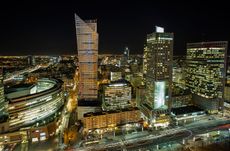 Pole position: Libeskind creates an architectural icon for a city on the rise
Pole position: Libeskind creates an architectural icon for a city on the riseBy Ali Morris Last updated
-
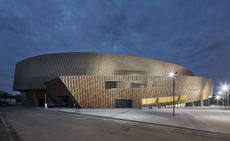 Mons' year as European Capital of Culture kicks off with new convention centre by Daniel Libeskind
Mons' year as European Capital of Culture kicks off with new convention centre by Daniel LibeskindBy Giovanna Dunmall Last updated
-
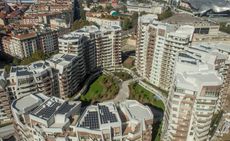 Daniel Libeskind takes us on a tour of his newly completed residential complex in Milan’s CityLife development
Daniel Libeskind takes us on a tour of his newly completed residential complex in Milan’s CityLife developmentBy Giovanna Dunmall Last updated
-
 'Modern Views' exhibition and book, New York
'Modern Views' exhibition and book, New YorkBy Nancy Alsop Last updated
-
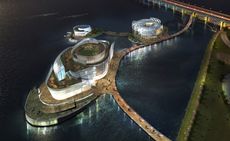 World’s first floating island, Seoul
World’s first floating island, SeoulBy Malaika Byng Last updated